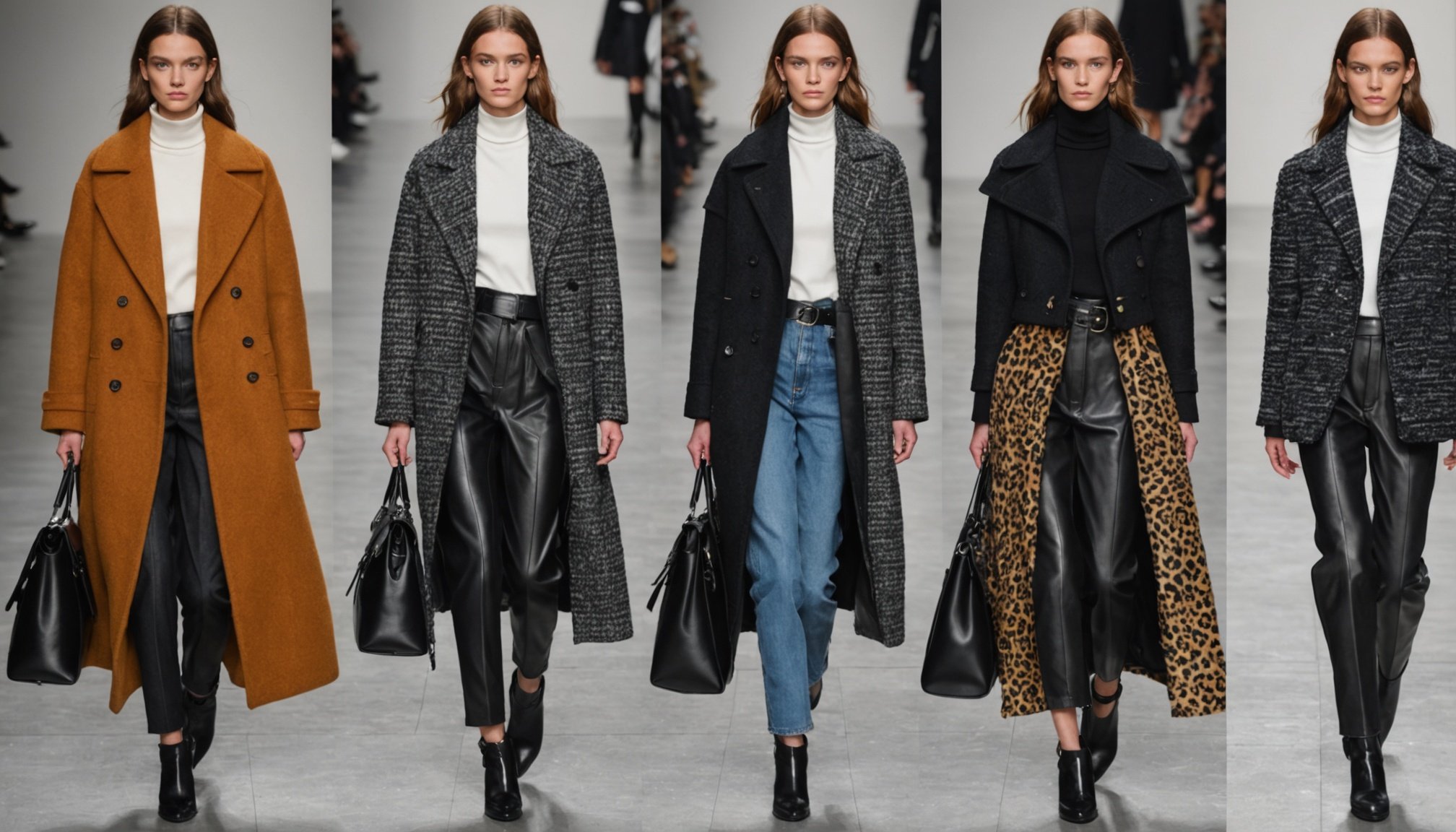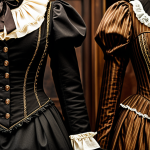In the intricate world of fashion, the art of mixing textures is akin to painting a masterpiece. Like a painter choosing the right blend of colors and strokes, you can curate stunning outfits that captivate the eye by harmoniously blending various textures and patterns. But how do you begin this creative journey? Our guide is here to help you navigate the nuances of combining fabrics and textures to craft ensembles that stand out with elegance and sophistication.
Understanding Textures and Their Role in Fashion
Textures play a pivotal role in defining the character and style of an outfit. These elements contribute depth, dimension, and interest, transforming a simple look into a statement. When you incorporate different textures, you add layers of patterns that interact with light and shadow, creating a dynamic visual experience.
In parallel : How can I incorporate seasonal trends into my wardrobe without overwhelming it?
When we talk about texture in fashion, it encompasses everything from the luxurious feel of silk, the ruggedness of denim, to the coziness of wool. Each fabric brings its inherent qualities, whether it’s the sheen of satin or the roughness of burlap, and understanding these characteristics is essential for artistic expression.
The secret to layering textures lies in balance. While opposites like rough and smooth can create contrast, similar textures can harmonize an outfit. The key is to mix but not overpower. Just as a chef balances flavors, you must balance textures to avoid visual chaos. Consider a base of a smooth fabric, like a silk blouse, and layer it with a rough tweed jacket.
Also to read : What are the best practices for maintaining my shoes to extend their lifespan?
Colors also play into the texture mix. A monochrome outfit can come alive when paired with varied textures, adding interest without relying on color contrast. For example, pairing a woolen skirt with a leather jacket creates a tactile landscape, making the ensemble feel rich and inviting.
The Art of Mixing Patterns
Pattern mixing is an adventurous way to infuse personality into your wardrobe. It requires a keen eye to ensure that the ensemble remains coherent rather than cluttered. Start with a dominant pattern as your focal point. This could be a floral blouse or a striped skirt, and then build around it using complementary patterns in smaller doses.
Many shy away from pattern mixing due to fear of mismatch. However, by following a few guidelines, you can master this skill. One approach is to mix patterns in the same color family. This ensures harmony and prevents clashing. For instance, pairing a navy polka dot top with a navy striped bottom maintains a cohesive color palette while introducing visual flair.
Additionally, consider the scale of the patterns. Mixing large patterns with smaller ones helps avoid overwhelming the viewer’s eye. For example, a large checkered blazer paired with a small gingham shirt creates a balanced look. Accessories also play a vital role in pattern mixing. A boldly patterned scarf can act as a bridge between two disparate patterns, tying the outfit together.
In essence, pattern mixing is about creating a dialogue between pieces. It’s about finding common ground — whether in color, theme, or style — to ensure the ensemble appears thoughtfully curated and not haphazard.
Layering Techniques for Textural Depth
Layering is the cornerstone of creating a rich, textured outfit. The method involves stacking various clothing items to add depth and dimension to your look. It allows for flexibility and creativity, enabling you to experiment with different textures and patterns.
Start with a base layer; this could be a snug turtleneck or a soft cotton tee. This first layer sets the tone for the rest of the ensemble. The next layer could be an open cardigan or a structured blazer. This intermediate layer is where you can play with textures. An example could be a woolen cardigan over a silk blouse, creating a tactile contrast.
Accessories are also vital in textural layering. A chunky knit scarf or a leather belt can add both functionality and style. These pieces can act as the connective tissue that links various layers together.
When layering for warmer months, consider lightweight fabrics like linen and cotton. During cooler seasons, wool, cashmere, and tweed provide warmth while adding a textural element.
Ultimately, layering is about achieving a balanced silhouette. Prioritize proportion, ensuring that each layer complements the others in style and function. The result is a cohesive outfit that tells a story through its textures and layers.
Choosing Colors that Complement Your Textural Choices
When it comes to mixing textures, color is a powerful tool that can enhance or detract from the overall effect. Understanding color theory is essential in ensuring that your textural combinations are visually appealing.
Colors can act as a unifying element within a varied textural palette. A single color scheme throughout an outfit can allow the focus to remain on the textures themselves. For example, a monochrome outfit in shades of grey can be brought to life with a mix of textures, such as a wool coat, leather pants, and a silk blouse.
Alternatively, contrasting colors can highlight different textures. This method involves using the color wheel to find complementary hues. A red velvet top paired with a green silk skirt creates a striking juxtaposition, with each color enhancing the other’s vibrancy.
Neutral tones are timeless in fashion and provide a backdrop that allows textures to shine. Incorporating earthy tones such as beige, brown, and cream can serve as a canvas for more daring texture combinations.
Ultimately, your choice of color should reflect your style and the message you wish to convey. Whether it’s bold or understated, the interplay between color and texture can elevate an outfit from ordinary to extraordinary.
In the realm of fashion, the art of mixing textures is a journey of discovery and creativity. As you explore this dynamic form of expression, remember that the ultimate goal is to craft visually appealing outfits that resonate with your personal style. By understanding the interplay between textures, patterns, and colors, you can build ensembles that are not only fashionable but also distinctly you. Layering textures is an opportunity to tell a story with your clothing, creating looks that are as bold or as subtle as you choose. With these insights and techniques, venture forth and embrace the limitless possibilities of mixing textures in your wardrobe.











